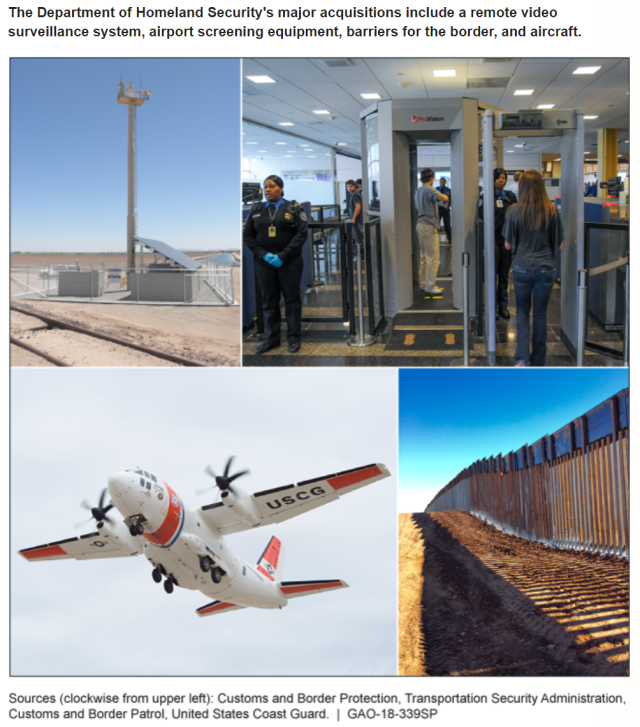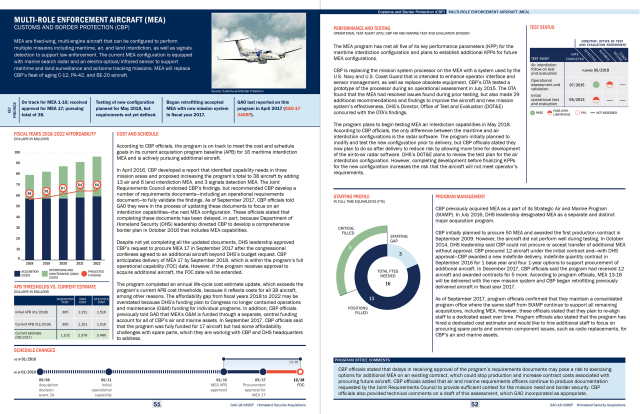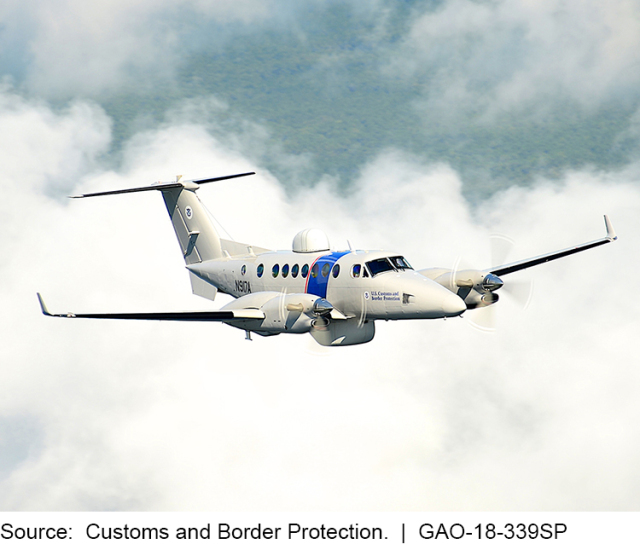Our Annual “Quick Look” at Homeland Security’s Major Acquisitions
 More programs are off track
This year, we found that 10 of the 24 major acquisitions we reviewed were on track to meet their cost and schedule goals. Of the other 14 programs, 6 had delays, 2 had cost increases, and 6 others had both delays and cost increases. That means more than half the programs will need more time and money than initially planned, an increase from our last review.
Reasons for delays, increased cost, or changes in goals included
More programs are off track
This year, we found that 10 of the 24 major acquisitions we reviewed were on track to meet their cost and schedule goals. Of the other 14 programs, 6 had delays, 2 had cost increases, and 6 others had both delays and cost increases. That means more than half the programs will need more time and money than initially planned, an increase from our last review.
Reasons for delays, increased cost, or changes in goals included
- requirements for what the acquisition needs to be able to do changed
- technical challenges
- increases in contractor support
 For instance, the profile of the Multi-Role Enforcement Aircraft shows that the program is on track against its current plan, but may encounter challenges.
This airplane, which is slated to replace three kinds of aircraft, can be configured to perform multiple missions. The current aircraft configuration has a maritime search radar and an electro-optical/infrared sensor for surveillance in the air, land and sea.
For instance, the profile of the Multi-Role Enforcement Aircraft shows that the program is on track against its current plan, but may encounter challenges.
This airplane, which is slated to replace three kinds of aircraft, can be configured to perform multiple missions. The current aircraft configuration has a maritime search radar and an electro-optical/infrared sensor for surveillance in the air, land and sea.
 DHS plans to acquire 38 total aircraft of various configurations but has not yet defined what some of the aircraft are supposed to be capable of doing. We’ve found that capability requirements like this need to be defined early in the acquisition process to help avoid budget and schedule problems down the road.
To learn more, check out our report.
DHS plans to acquire 38 total aircraft of various configurations but has not yet defined what some of the aircraft are supposed to be capable of doing. We’ve found that capability requirements like this need to be defined early in the acquisition process to help avoid budget and schedule problems down the road.
To learn more, check out our report.
- Questions on the content of this post? Contact Marie Mak at makm@gao.gov
- Comments on GAO’s WatchBlog? Contact blog@gao.gov.

GAO's mission is to provide Congress with fact-based, nonpartisan information that can help improve federal government performance and ensure accountability for the benefit of the American people. GAO launched its WatchBlog in January, 2014, as part of its continuing effort to reach its audiences—Congress and the American people—where they are currently looking for information.
The blog format allows GAO to provide a little more context about its work than it can offer on its other social media platforms. Posts will tie GAO work to current events and the news; show how GAO’s work is affecting agencies or legislation; highlight reports, testimonies, and issue areas where GAO does work; and provide information about GAO itself, among other things.
Please send any feedback on GAO's WatchBlog to blog@gao.gov.
